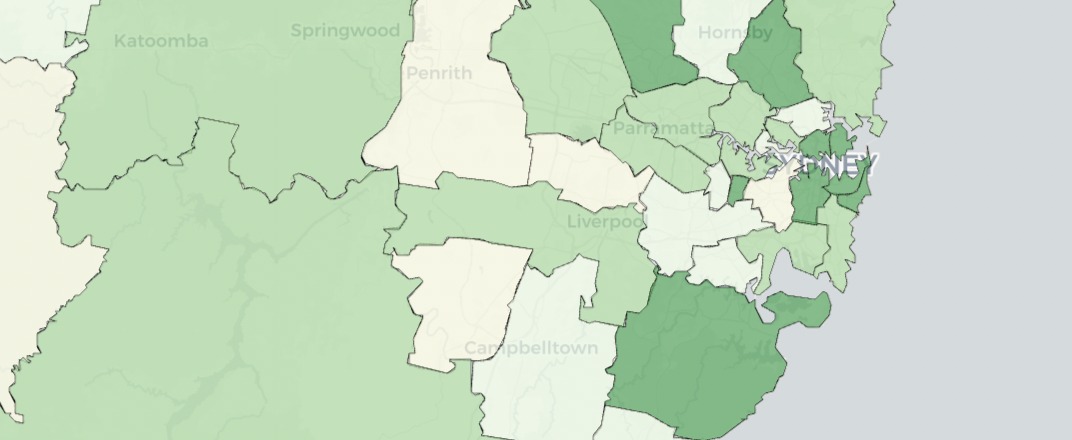With the final election results declared by Wednesday, I’ve finally been able to calculate the informal and turnout rates.
There’s been a lot of discussion about informal rates being high, but this was premature. The early results included a lot of complex ballots in the informal pile, but I expected many of them to become formal.
The overall informal rate is down from 2016-17, which was down from 2012.
The informal rate across all NSW council elections was 5.8%. This compares to 6.7% in 2016-17, and 8.3% in 2012.
Meanwhile turnout levels are the highest they’ve been in at least a decade. Just looking at contested wards, the turnout rate in 2012 was 82.7%. It dropped to 79.7% in 2016-17, but it’s now bounced back to 83.4% in 2021.
I had noticed a trend where the interim informal rate had jumped the most in the councils where the Liberal Party had withdrawn from running, and wondered if that trend would remain in the final dataset, but I don’t see much evidence for it. Of the 24 big councils I’ve been closely following, the informal rate went up in just four. That includes Penrith and Fairfield, who used a private election provider and thus had no online voting, which had a very low informal rate and could explain the declining informal rate overall. It also includes Shoalhaven and Blacktown. But Penrith was the only large council where the informal rate went up by more than 1%.
Informal rates went down in Cumberland, Inner West, Bayside and Parramatta despite the lack of Liberal candidates. So it may be that the lack of Liberal candidates led to more votes that couldn’t be counted as formal on election night but ended up counting.
This map shows the change in informal rates by council:
96 out of 109 comparable councils (ie. those where every ward was contested in 2016-17 and 2021) had an increased turnout. Turnout increased by about 9% in Woollahra, Kiama and the City of Sydney. The latter council is particularly interesting as turnout dropped in 2016-17 after the changes to the rules around who gets to vote.
The biggest drops were in Edward River, where turnout dropped from 82.1% to 75.8%, and Tweed, where turnout dropped from 83.7% to 80.4%.
This map shows the changes in turnout rate for each comparable council.
Overall these are encouraging numbers, with more people voting, and a greater share of them casting a formal vote. After the new year I am planning some analysis of the final booth-level data to look at how the high iVote may have had an impact. Despite quite a few people missing out on voting on election day due to the huge demand for iVote, I suspect improved convenience helped result in more votes counting.




Yes the informal rate on the night was a combination of real informal votes and those who voted both above and below the line which should be classed as not counted this like the stupid rules about the effective ban on htv being handed out is not good enough the nsw electoral office should review their procedures
Hi Ben,
The informal rate would have been influenced by the confusion over whether HTV’s were permitted to be handed out or not. Due to the conflicting directions as to how this was to be handled, the Libs were left very short at numerous booths in Penrith and ran out several times throughout the day.
This definitely impacted on the voting results.
Cheers, Jim
In Curl Curl (NBC), it is clear that the conversion of “Informal/Other” to Formal was very booth-specific for both election day and Pre-poll. The net change was 1736 “Other” converted to “Formal” , with half of the adjustments coming from just 6 polling places out of 33.
The RATL analysis is interesting – about 25.5% of voters voted RATL
Geoff Lambert
Interesting to note that the Councillor positions that were declared a few days back, have now been referred to the NSW Supreme Court for the Court to decide if they will stand or not.
That is for Kempsey Shire Council.
Informal rate dropping seems to be a good enough endorsement for OPV over CPV.
Still don’t see the benefit of Compulsory Preferential voting at a Federal or State level; thankfully in NSW we have Optional Preferential Voting.
This is the happy medium between Ranked Choice and First Past the Post, and ensures a reduction in the informal vote
Comments are closed.